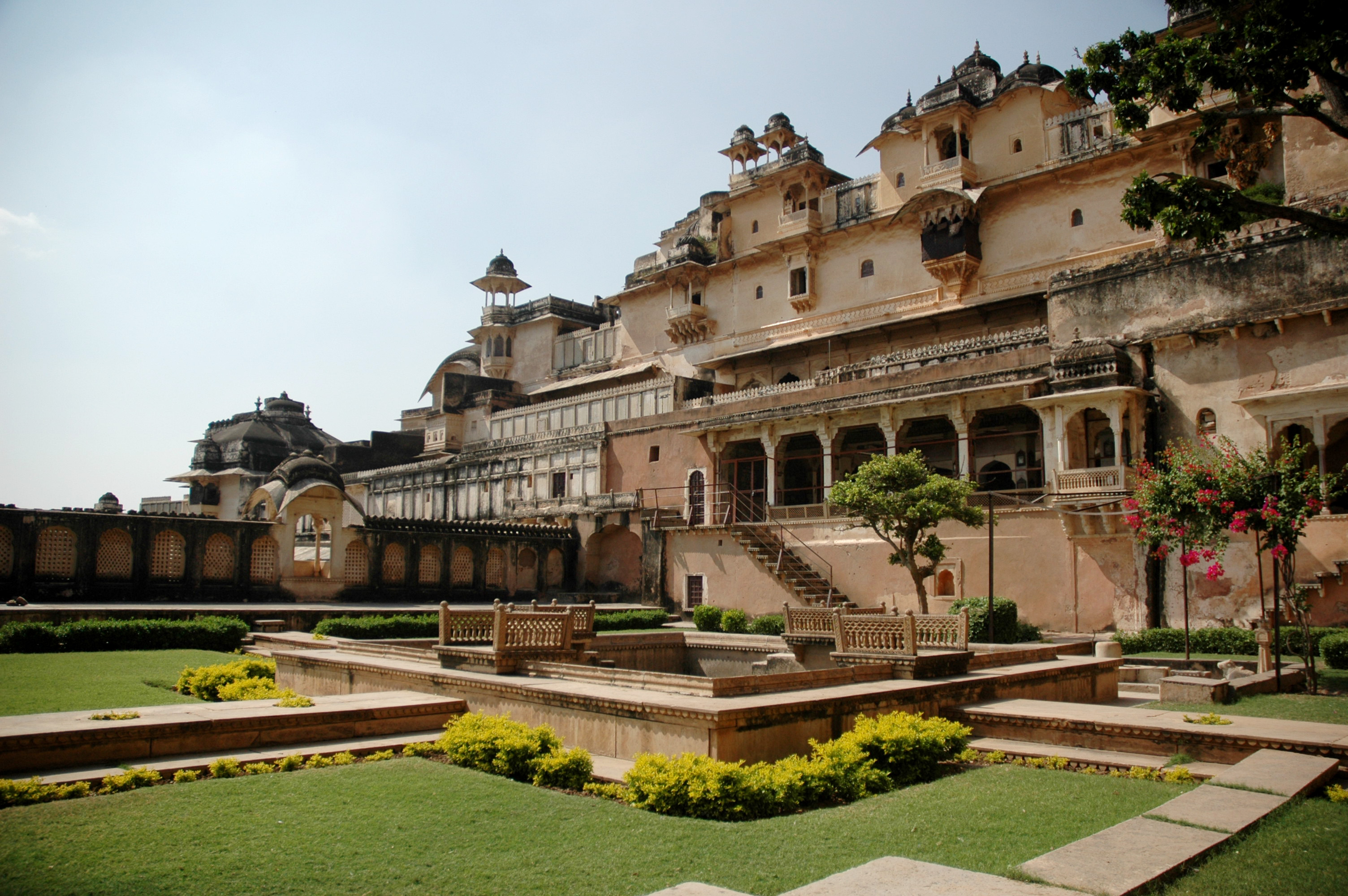history/ city profile

History of Judgeship: -
The Hadoti region in which Bundi stands takes is named for the Hada Rajputs, an offshoot of the Chauhan clan. The Hadas settled in the region in the 12th century and dominated the area for several centuries thereafter. Bundi was conquered by them in 1241 and nearby Kota in 1264. At one time, the Hada-ruled state of Bundi encompassed the present-day districts of Baran, Bundi, Kota, and Jhalawar. The importance of Bundi state diminished over the years: as early as in 1579, it was deprived of the region which became Kota state; the alienated area included all of what later became Jhalawar state in 1838. However, Bundi state did remain an independent entity, if only nominally, up to and during the British Raj. After the independence of India in 1947, it became part of the Dominion of India (later the Union of India). The judiciary of the state of Bundi evolved and changed according to the contemporary needs of society.
The detailed description is as follows:
Earlier phase (before 1898 A.D.) -
One of the main characteristics of the legal administration of Bundi was that as early as 1880 A.D. law was codified. One of the oldest codified law book named 'Prabandh Sar' was penned down by Sh. Ganga Sahay (Diwan) in 1880 A..D. Before that law was not codified and was primarily based on traditions and local customs.
Earleist Highest Court was that of 'Mulki Haqim' which was subordinate to the H.H. Maharao. Other courts were that of 'Talkedar' and 'Thanedar'. Mulki Haqim at the appellate jurisdiction and when headed by H.H. Maharao himself, had the power to impose even capital punishment.
Villages had primarily Panchayat courts and there jurisdiction was clearly codified.
Phase after 1898 A.D.-1927 A.D.:
In 1898 the state of bundi was divided in Tehsil and by 1908 Nizamad were established. For the city of bundi, lowest court was that of Kotwal, who has both civil and criminal jurisdiction. There were Tehsildar courts, which were superior to that of Kotwal. Haqim Diwani and Haqim Fojdari were the appeallate courts. The jurisdiction both pecuniary and criminal was clearly codified.
Phase after 1927:
H.H. Maharao Ishwari Singh brought major legal reforms in legal administration of bundi state.
Court of Nazim was established. Some of the early Nizamats were present day Patan, Dabi, Gendoli, Hindoli etc. He also established a chief courts in which for the first time three law graduate judges were appointed.
The first appointed judges were Sh. Ram Dutt, Sh. Bhagwan Dutt Thakore and Sh. Durga Shankar Dave. Sh. Durga Shankar Dave was later elevated as Hon'ble Judge of Rajasthan High Court.
Phase after 1932:
Vast changes were made in the administration of justice in this year. Courts of First, Second and Third Division Magistrate were opened. In the state of Bundi Sec.32 of the Criminal procedure code was also promulgated in the same year and it clearly defined the jurisdiction of the different courts of magistrates.
Estabishment of High Court (1936).
In March 1936 High Court was established in Bundi Judgeship with three Judges.
Rules regarding, qualification of judges, appointment procedure, jurisdiction and constitution of High Court was clearly codified.
Establishment of Munsif Court and Public Prosecutor (1942)
In the year 1942 courts of Munsif were established for the rural area of Bundi State. Post of Public Prosecutor was established to plead for the aggrieved person.
Previously there was Addl. Distt. & Sessions Judge Court in Bundi eventually upgraded to Distt & Sessions Judge on Dt. 01.07.1977 wide Govt. Notification No.1, Order No.F47(3) Judl./76 Jaipur Dt. 11.06.1977.
